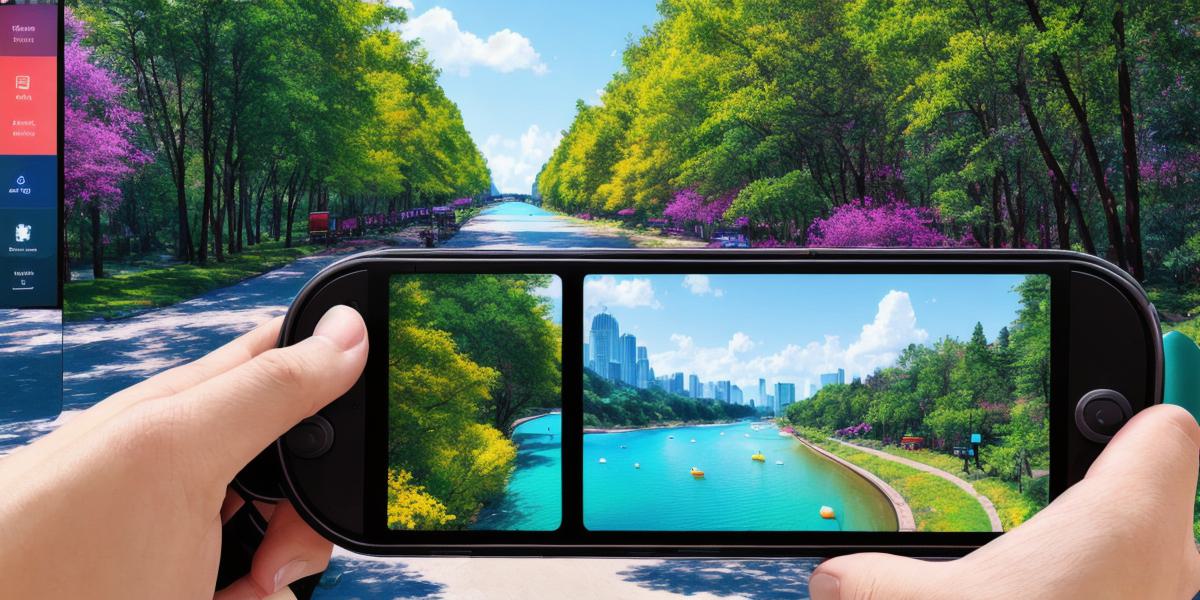As a simulated reality developer, you are constantly looking for new and innovative ways to create immersive experiences for your users. One technology that has been gaining popularity in recent years is augmented reality (AR). AR is the use of computer-generated images and data to enhance real-world environments, creating a more interactive and engaging experience for users.
In this article, we will explore some fascinating examples of how AR is being used in various industries and provide insights from experts in the field.
What is Augmented Reality?
Before diving into the exciting applications of AR, it’s important to understand what it entails. AR allows users to interact with virtual objects and information in real-time, creating a seamless blend of the physical and digital worlds. Unlike virtual reality (VR), which creates a completely artificial environment for users, AR enhances the user’s perception of the real world.
Applications of Augmented Reality
1. Gaming
One of the most popular applications of AR is in gaming. Games such as Pokémon Go and Angry Birds AR: Island have used AR to create immersive gaming experiences that require users to interact with their physical environment. By overlaying virtual objects onto real-world environments, these games provide a new level of engagement and interaction for users.
2. Education
AR has also found its way into education, providing students with interactive and engaging ways to learn. For example, AR can be used to create 3D models of historical landmarks or scientific concepts, allowing students to explore and interact with these subjects in a more meaningful way.
3. Retail
Retailers have also started using AR to enhance the shopping experience for customers. By overlaying virtual product information onto physical store shelves, AR can help customers make informed purchasing decisions and provide them with a better understanding of products before making a purchase.
4. Healthcare
AR has also found its way into healthcare, providing doctors and patients with new ways to interact with medical data. For example, AR can be used to overlay virtual surgical tools onto real-world environments, allowing surgeons to perform procedures more accurately and efficiently.
Expert Insights
To gain a deeper understanding of how AR is being used in various industries, we spoke with experts in the field. Here are some insights they shared:
"AR has the potential to revolutionize the way we interact with technology and the world around us," said Dr. Tom Iannuzzi, Director of Research at Magic Leap. "By seamlessly blending the physical and digital worlds, AR can create new opportunities for education, entertainment, and more."
"One of the key challenges in developing AR applications is ensuring that they are intuitive and easy to use," said Sarah Guido, UX Designer at Google. "Users need to be able to interact with virtual objects and information in a natural and seamless way, without feeling like they are being bombarded with too much information."
FAQs
Q: What is the difference between augmented reality and virtual reality?
A: Augmented reality enhances real-world environments with virtual objects and data, while virtual reality creates a completely artificial environment for users.
Q: How is AR used in gaming?
A: Games such as Pokémon Go and Angry Birds AR: Island use AR to create immersive gaming experiences that require users to interact with their physical environment.
Q: How can AR be used in education?
A: AR can be used to create 3D models of historical landmarks or scientific concepts, allowing students to explore and interact with these subjects in a more meaningful way.
